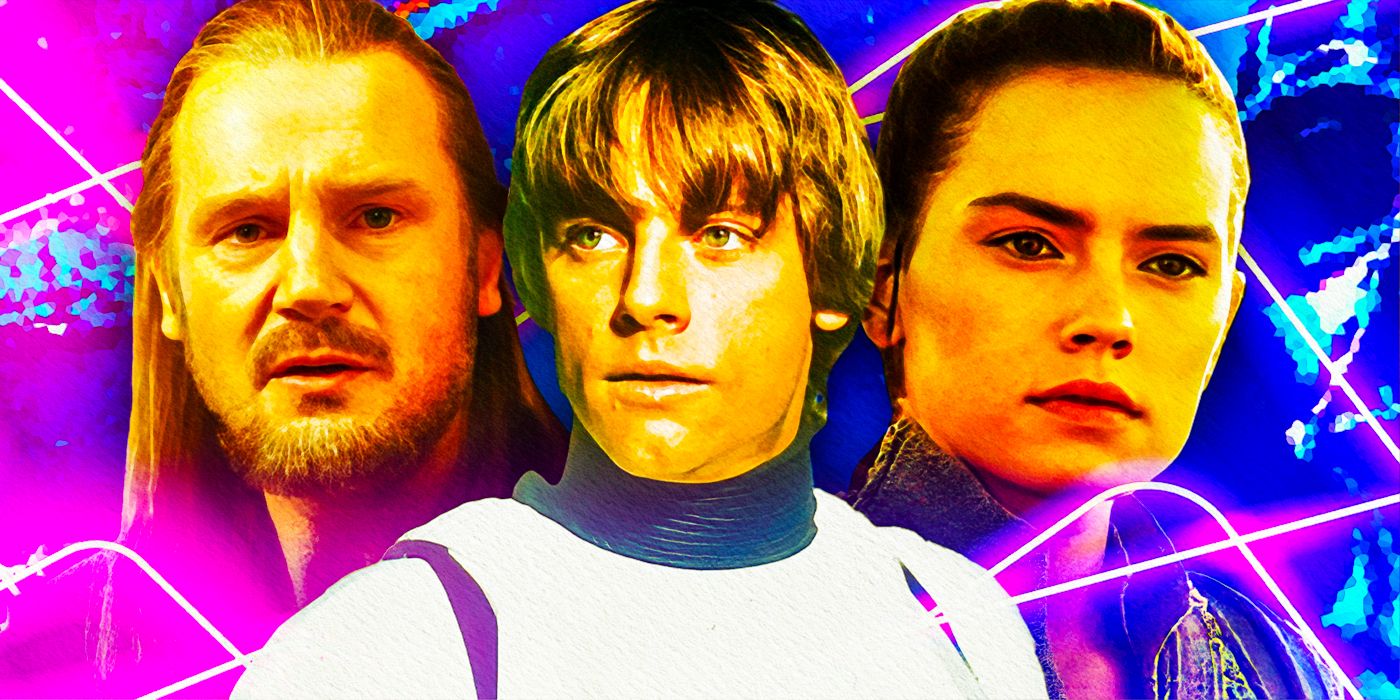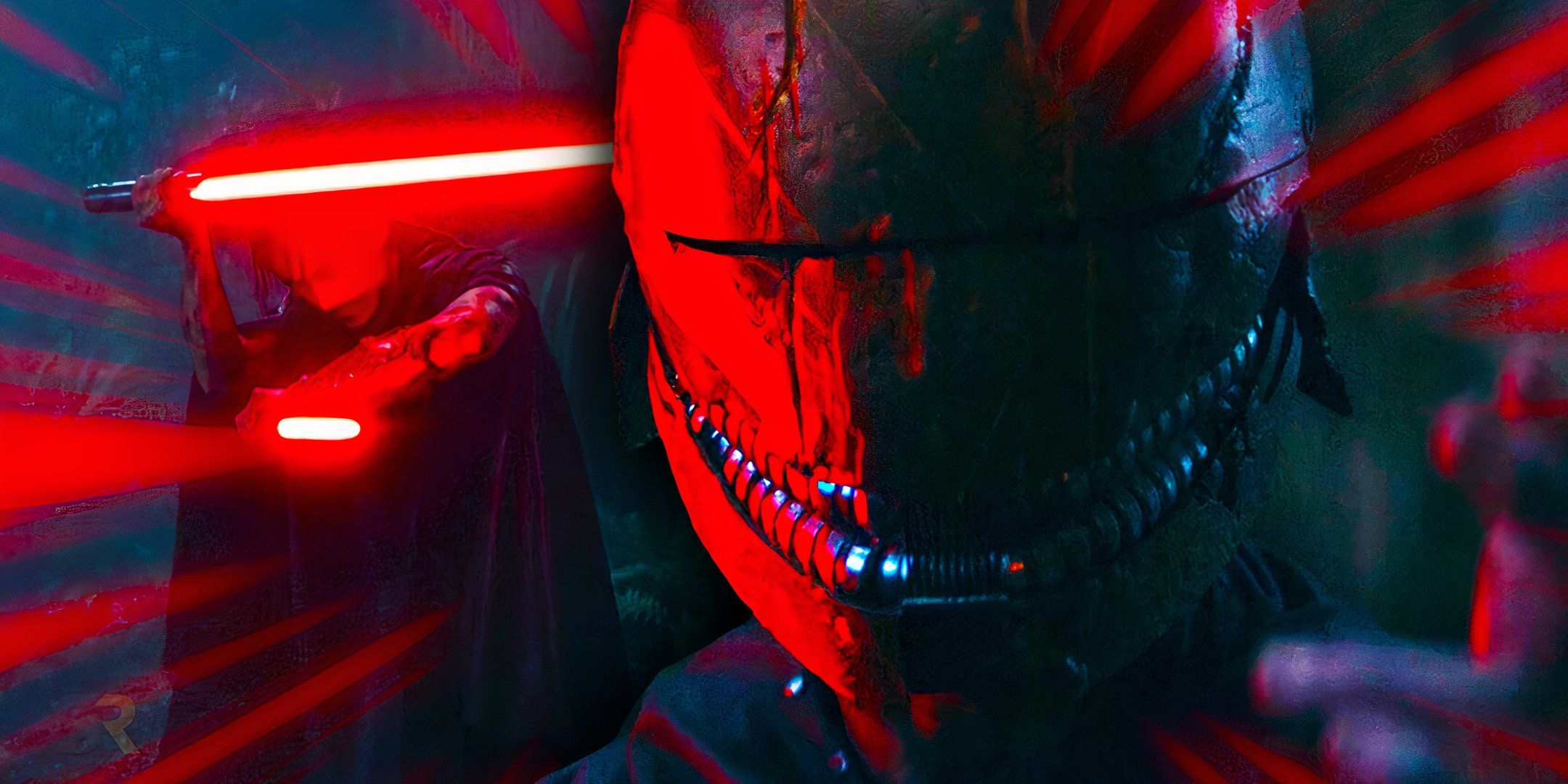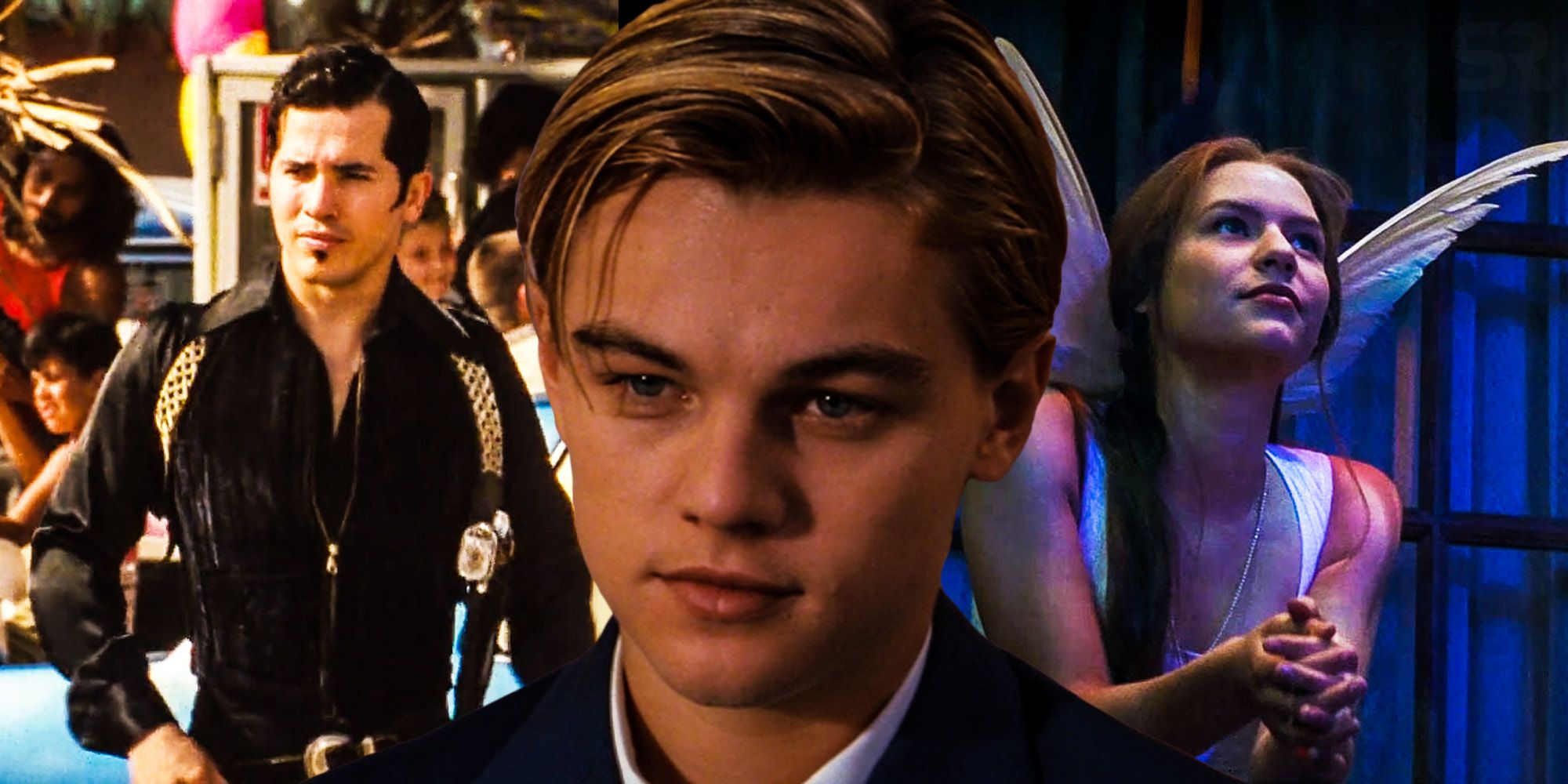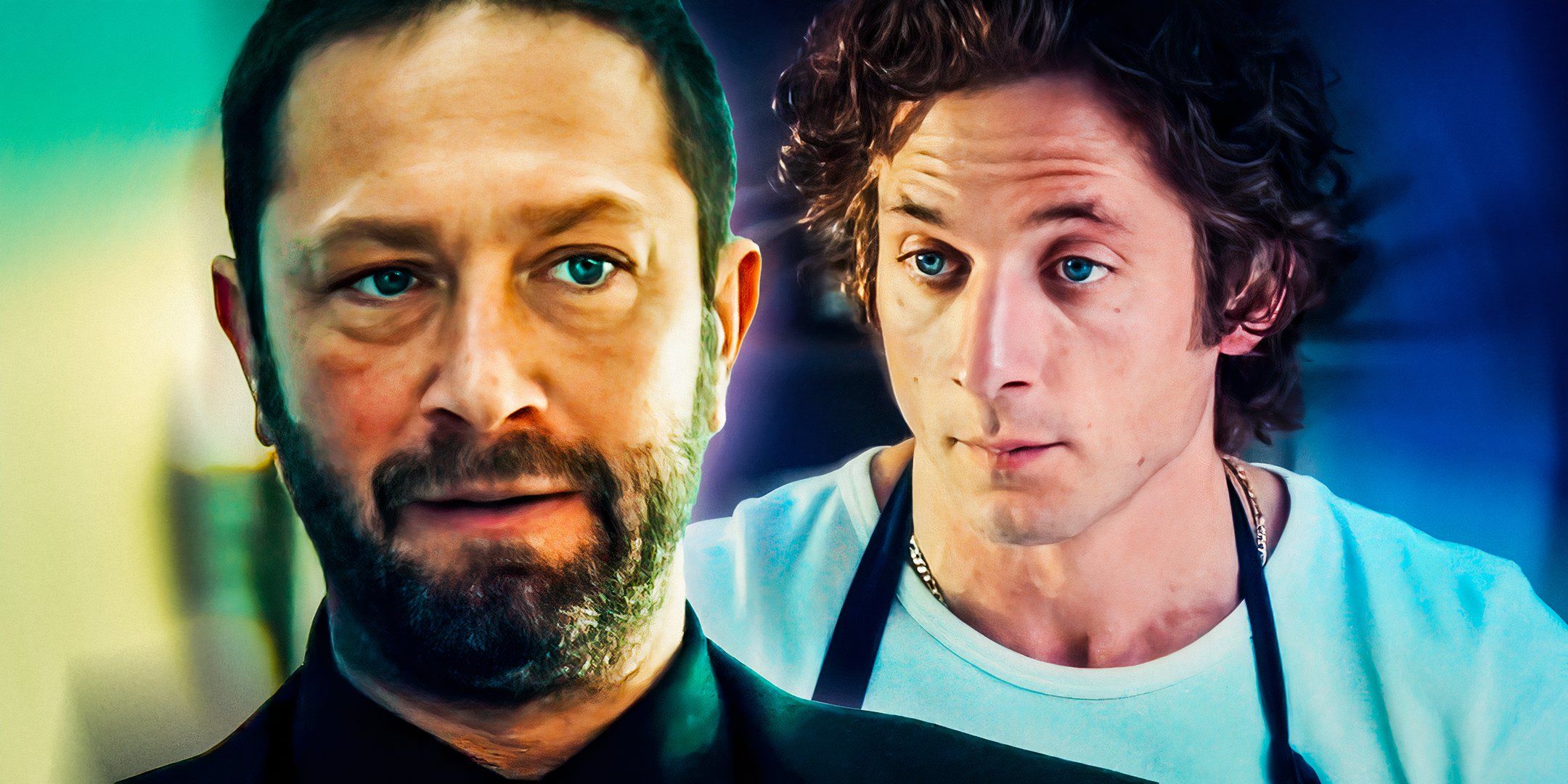While Godzilla rebooted the iconic kaiju franchise for a modern audience and kickstarted the so-called Monsterverse, Gareth Edwards’ 2014 movie was much more limited on the monster front than later additions to the franchise. In subsequent films, viewers have been treated to battles between Godzilla, Kong, King Ghidorah, and many other legendary creatures. Yet in Godzilla 2014, producers deliberately avoided overcrowding the screen with too many kaiju, leaving a limited array of titans and associated animals to enjoy.
Although movies like Godzilla: King of the Monsters and Godzilla vs. Kong have expanded the Monsterverse’s roster significantly, Godzilla 2014 featured just three kaiju. The most prominent, understandably, was Godzilla himself, who played a nuanced role as both a terrifying destructive force and potential savior. However, the notorious titan also had to contend with two MUTOs – parasitic organisms that pose a serious threat both to Godzilla himself and the rest of humanity. Both the MUTOs and Godzilla are very different physiologically and temperamentally, and understanding the distinction is crucial to Godzilla‘s broader message.
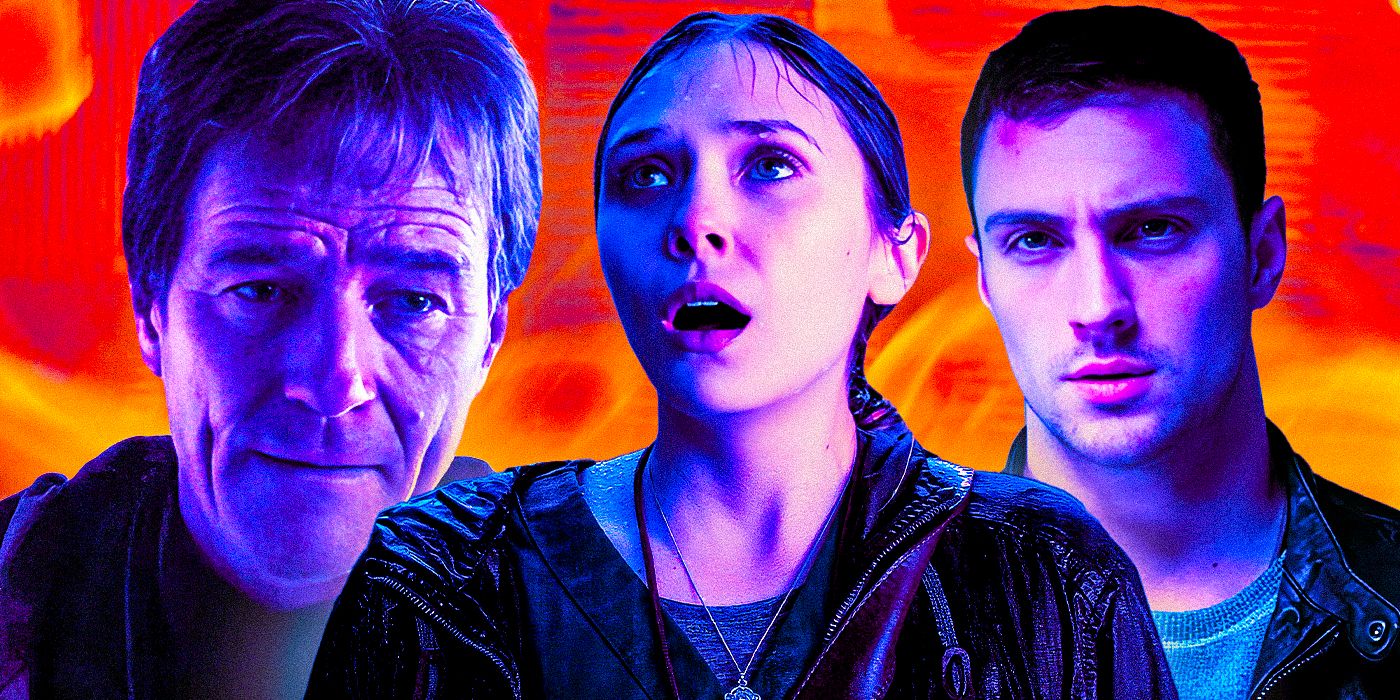
Godzilla (2014) Cast & Character Guide
Gareth Edwards’ Godzilla (2014) not only featured gripping action scenes and spectacular visuals but also an ensemble cast including many famous stars
1 Godzilla
The title character and most famous kaiju of all time, Godzilla is an ancient Titan of incredible power and longevity. A remnant of the Permian period in Earth’s prehistory, he is the ultimate apex predator, referred to as the “King of the Monsters” after the battle in San Francisco. Although his abilities change throughout the franchise, his powers in Godzilla include near-indestructability, incredible strength, an amphibious nature, and atomic breath (which he memorably displays in Godzilla‘s explosive finale).
In terms of personality, Godzilla is much more than a straightforward villain. In a change from the original 1954 version of the monster, the 2014 iteration is depicted as more of a peacekeeper, battling the MUTOs to restore balance to the Earth’s ecosystem. Despite humanity’s various failed attempts to kill him, Godzilla seems fairly indifferent to human beings. Unfortunately, this occasionally leads to wanton acts of destruction as he accomplishes his other objectives – readily destroying San Francisco when it gets in his way. As such, while he isn’t a traditional antagonist in Godzilla, he is a formidable and dangerous presence.
2 MUTO 1
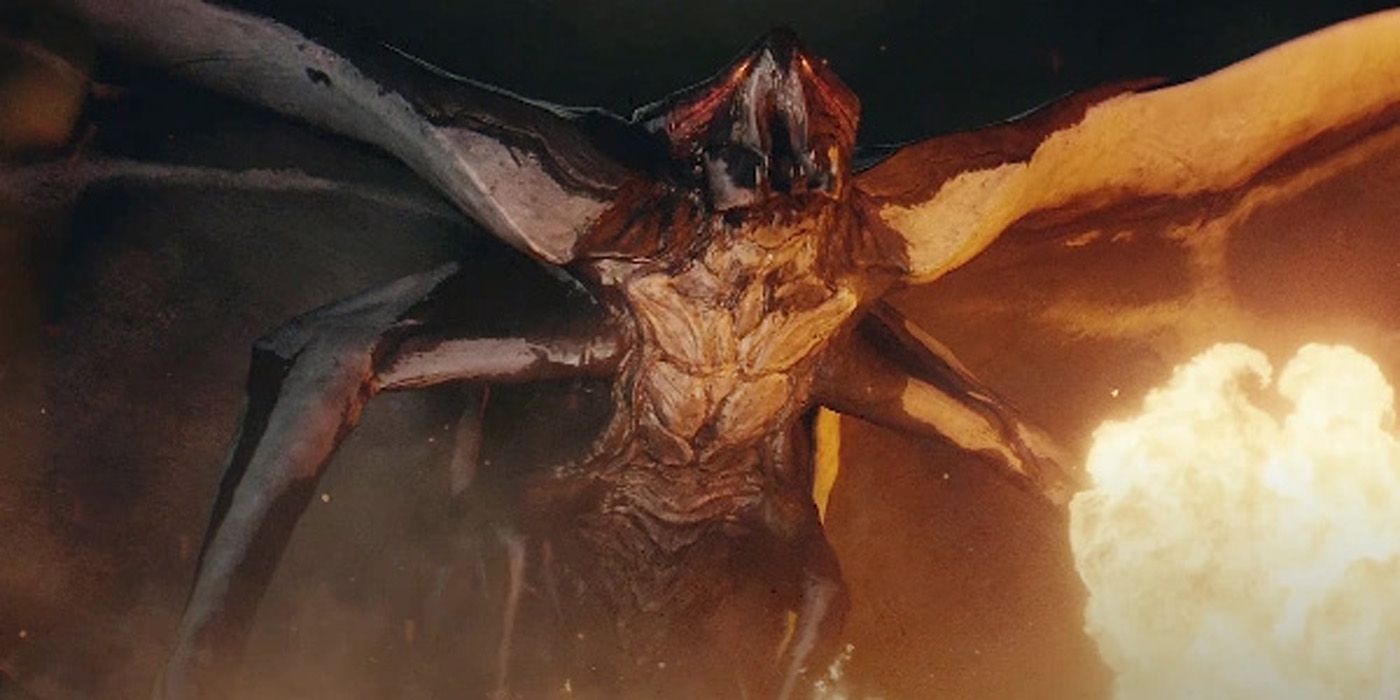
Unlike Godzilla, the two MUTOs seen in the movie aren’t Titans in the Monsterverse’s traditional sense. As later becomes clear thanks to installments like Monarch: Legacy of Monsters, the main difference between MUTOs and Titans is that MUTOs simply haven’t been given a name yet. In Godzilla, this means that the MUTO acronym does not refer to a distinct species, but is simply a short-hand way of referring to Massive Unidentified Terrestrial Organisms – a play on the popular term UFO. However, while the name “MUTO” is misleading, the two creatures fighting Godzilla in the movie do have their own important distinguishing characteristics.
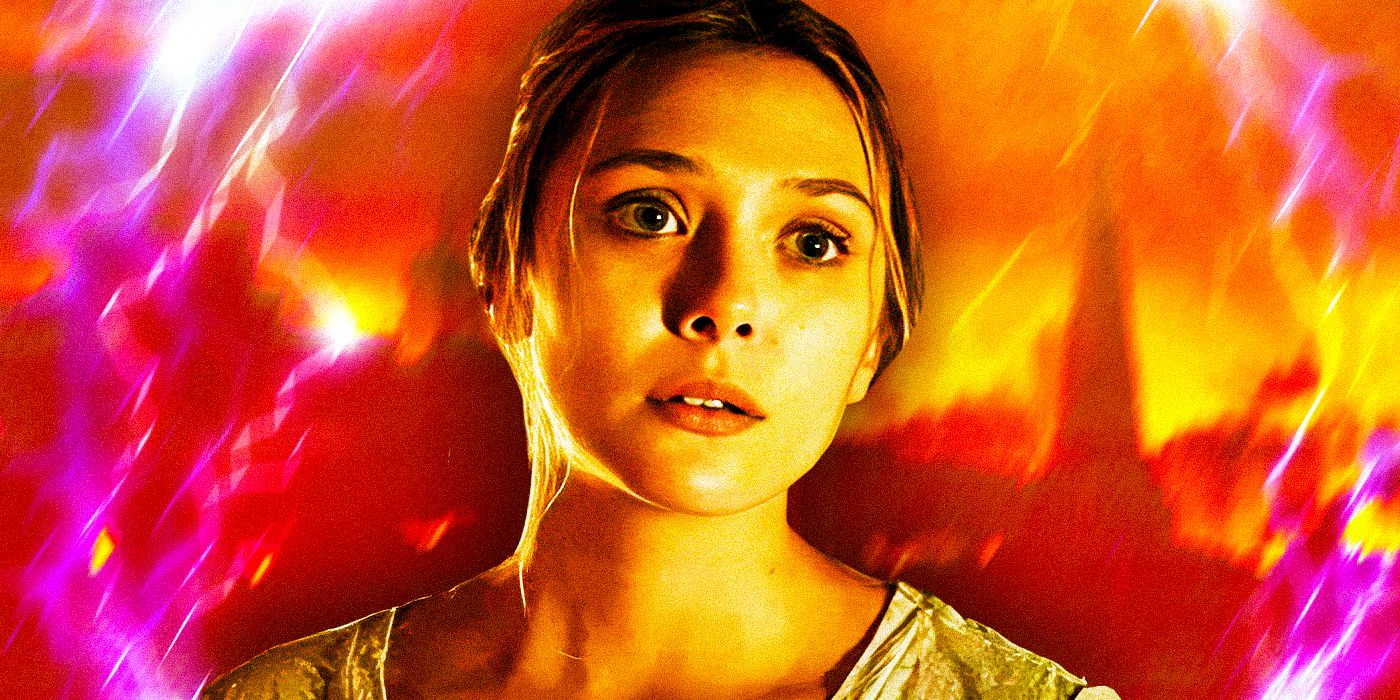
What Happened To Elizabeth Olsen’s Godzilla Character
Elizabeth Olsen and Aaron Taylor-Johnson’s Godzilla characters have yet to return to the MonsterVerse, though there have been hints about their fates.
MUTO 1, also known as the male MUTO, is the first of the parasites to appear on screen. Hatching from a chrysalis attached to a nuclear plant reactor, the creature is capable of flight and feeds off nuclear energy. Not only is the male MUTO extremely physically strong, but it can also fire off electromagnetic pulses from its claws. Crucially, both the male and female MUTO are able to communicate with each other via echolocation, which is how they are able to unite despite the vast distances between them.
3 MUTO 2
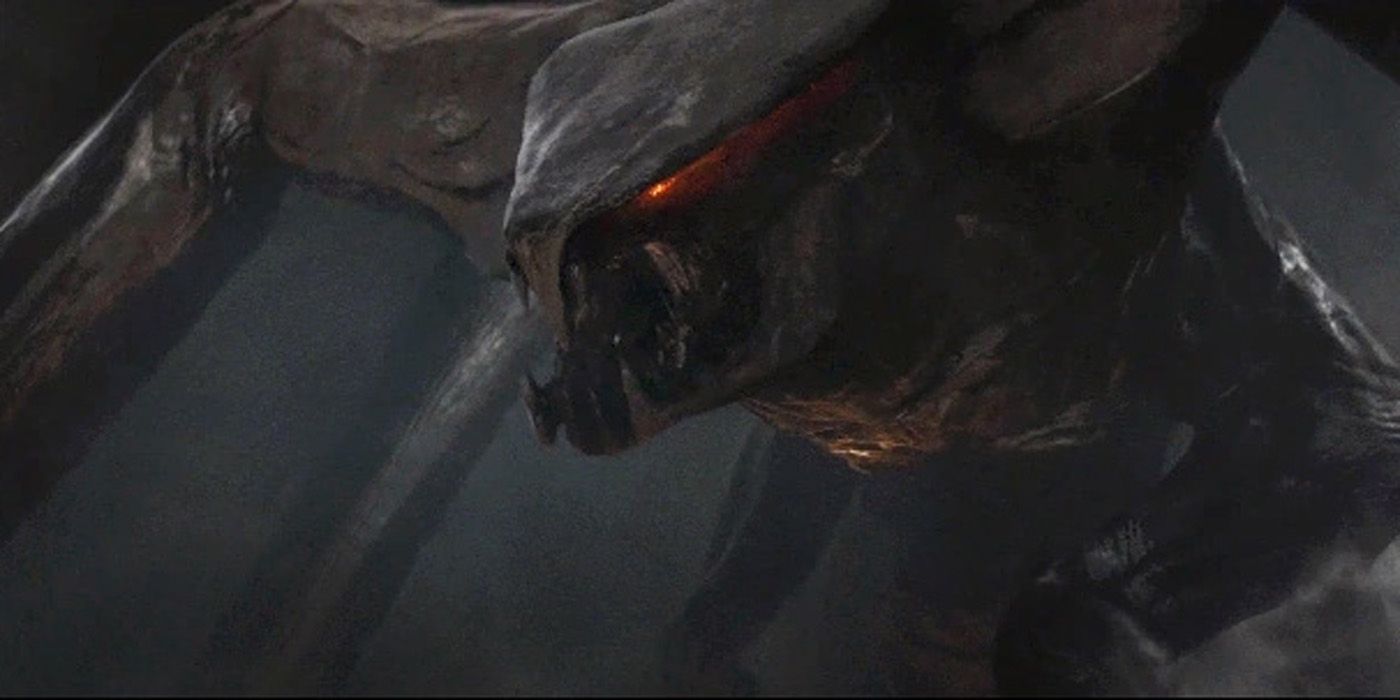
Unlike the male MUTO, the female MUTO is eight-legged and flightless. However, she makes up for this comparative lack of maneuverability by being significantly bigger and physically stronger than the male. In addition to her echolocation abilities, the female MUTO also emits an EMP field, disabling all electronics within a five-mile radius. She also possesses an egg pouch carrying hundreds of spores and allowing the species to continue from generation to generation.
A key aspect of MUTO behavior is their status as parasites. Biologically, they feed off the radiation produced by Godzilla’s species, with MUTO spores being laid around the corpse of the Godzilla-like creature discovered in the Philippines during Godzilla‘s early scenes. They also represent a much more pressing threat to humanity than the Titan, since they are attracted to human sources of radiation like powerplants and nuclear submarines. This means that, although they are only behaving naturally, they are a potentially disastrous proposition if left unchecked.
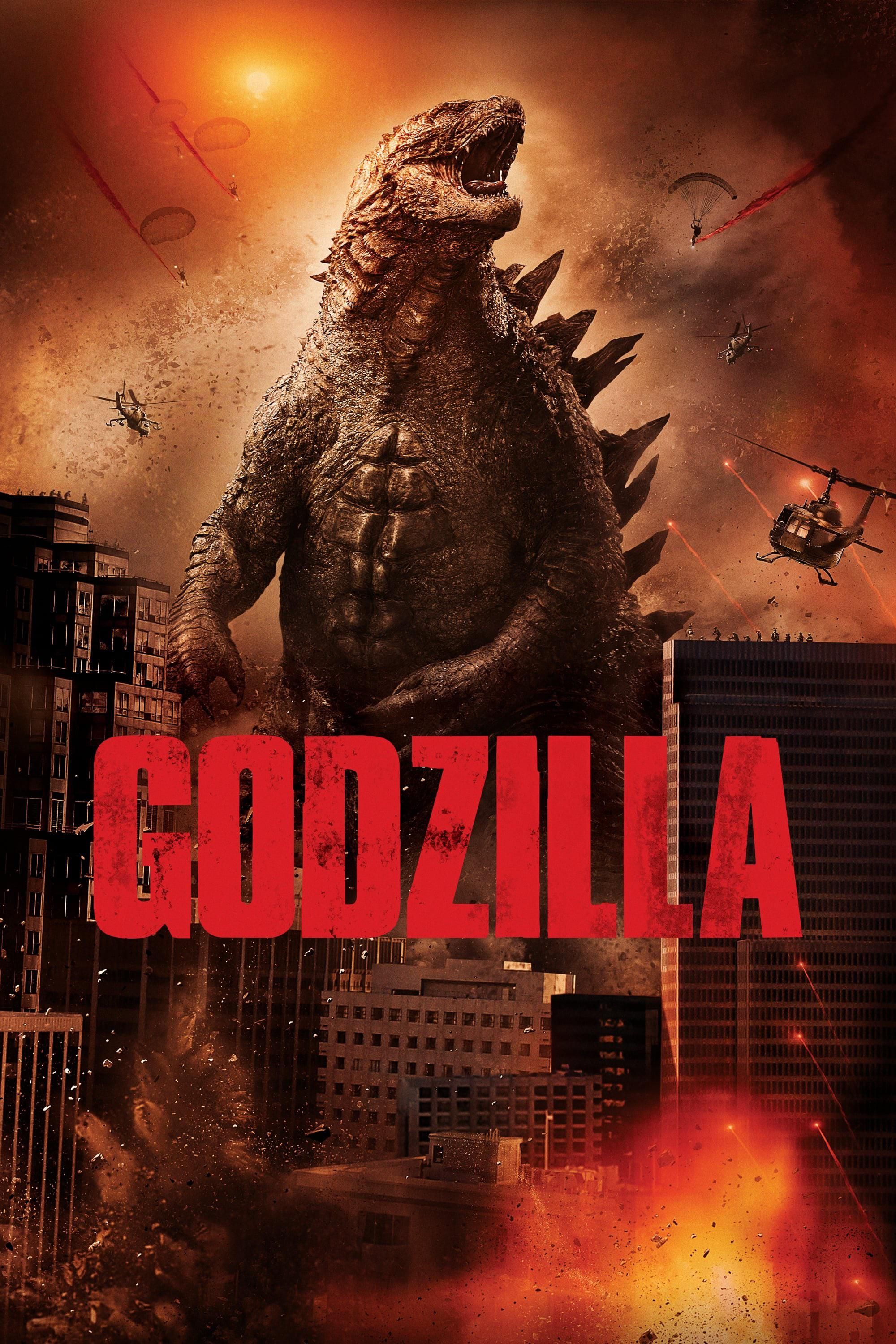
Godzilla (2014)
- Director
- Gareth Edwards
- Release Date
- May 16, 2014
- Cast
- Aaron Taylor-Johnson , Bryan Cranston , Elizabeth Olsen , Ken Watanabe , Sally Hawkins , Vera Farmiga , David Strathairn
- Runtime
- 123 Minutes
